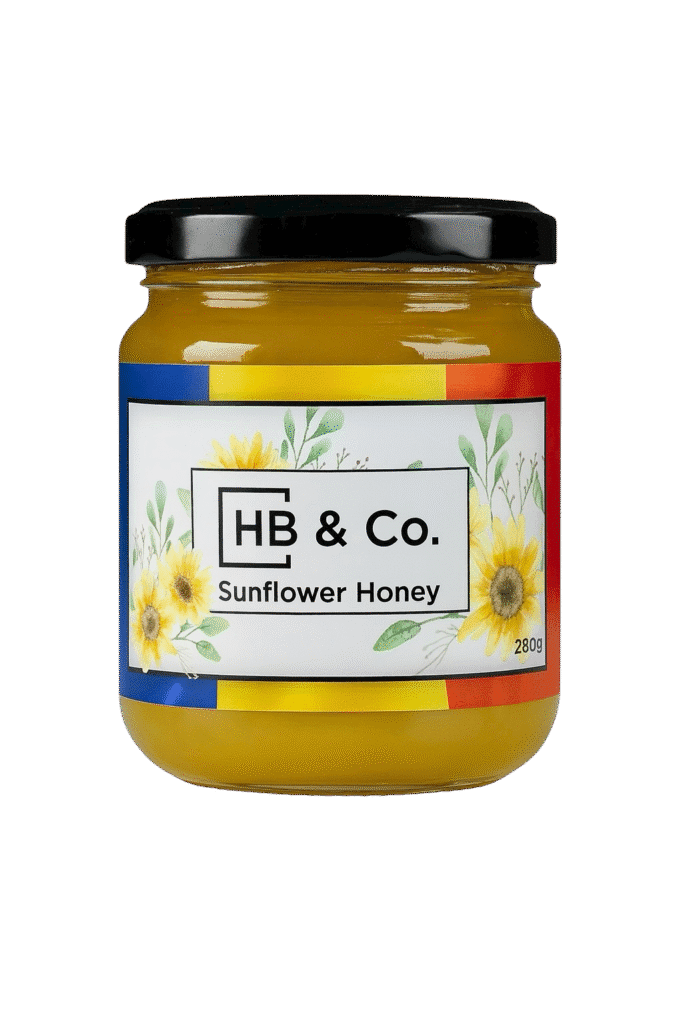Open a jar of sunflower honey and you get a burst of late-summer fields. The scent is bright and floral with a green edge. On the tongue, it is sweet and warm with a faint buttery note, a gentle tang, and a whisper of pleasant bitterness that keeps it from feeling cloying. Then there is the texture: it sets rapidly into a fine, creamy crystallised spread that melts as it meets the heat of your palate.
Key Takeaways
- Sunflower honey captures the flavour of late-summer fields; bright, floral, and slightly tangy with a creamy, buttery finish.
- Its unique taste comes from natural plant chemistry, including flavonoids, phenolic acids, and glucose oxidase, which give both sweetness and subtle acidity.
- Texture defines sunflower honey; it crystallises quickly into a smooth, spreadable cream due to its high glucose content.
- Environmental factors like temperature, humidity, and soil fertility directly shape nectar quality and, in turn, flavour.
- Proper handling and storage preserve aroma and nutrients: keep it cool, out of sunlight, and never overheat it.
- The honey’s balance of sweetness and acidity makes it perfect for cooking, pairing beautifully with cheese, roasted vegetables, or warm toast.
- Compared to acacia and clover honey, sunflower honey is more robust and rustic, with a faster set and deeper floral tone.
As confirmed by research published in Molecules (2020), sunflower honey is rich in phenolic acids and flavonoids that give it both its golden glow and remarkable antioxidant strength.
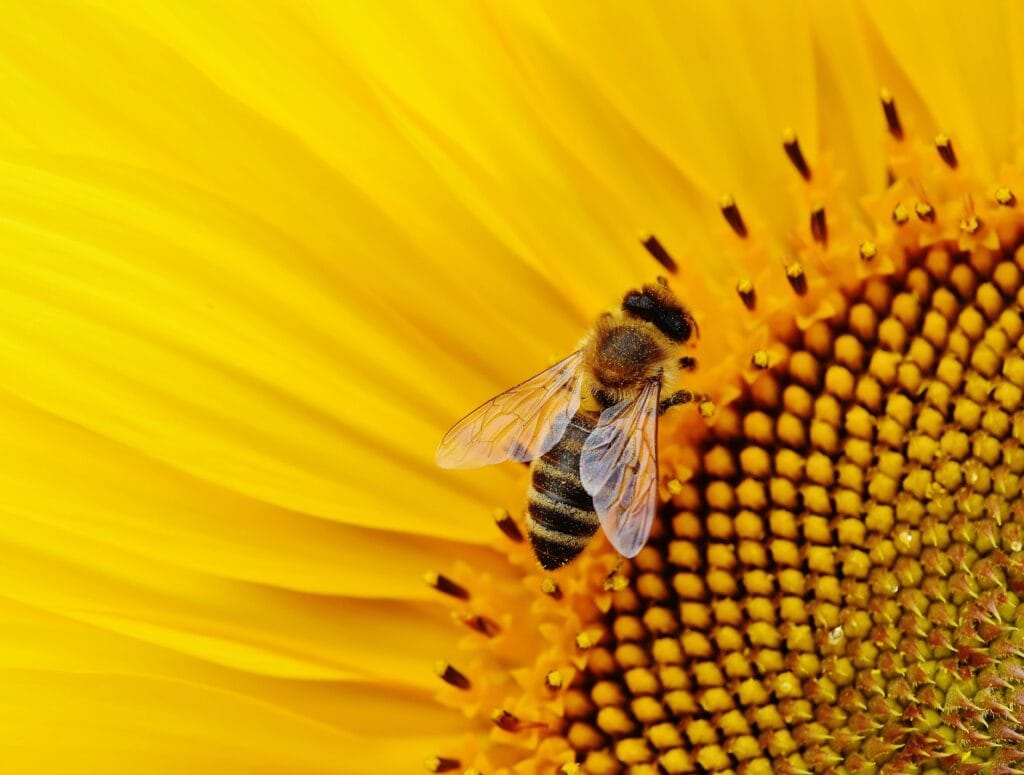
Modern science continues to uncover the remarkable depth hidden within a jar of sunflower honey. In a detailed 2020 study published in Molecules, Anđela T. Pešić and colleagues examined the molecular composition and bioactive properties of sunflower (Helianthus annuus L.) honey. Their findings revealed that this honey is particularly rich in phenolic acids, including caffeic, chlorogenic, p-coumaric, and ferulic acids and flavonoids such as quercetin, kaempferol, chrysin, and pinocembrin. These compounds are well-known for their antioxidant, antibacterial, and anti-inflammatory properties, confirming sunflower honey as a natural source of bioactive power. The researchers demonstrated strong free-radical-scavenging activity through DPPH and ABTS assays, along with clear antibacterial effects against Staphylococcus aureus and Escherichia coli. With low moisture, balanced glucose and fructose content, and natural acidity, sunflower honey easily met international quality standards while displaying a unique biochemical signature linked directly to its floral origin.
Beyond its composition, the study highlighted how the botanical and environmental context of sunflower nectar shapes both flavour and functionality. The raw honey’s golden-amber hue and gently tangy taste stem from the same phenolic and volatile compounds responsible for its medicinal value. Researchers also noted the presence of essential minerals: potassium, magnesium, calcium, and iron, that contribute to its nutritional richness. Together, these findings show that sunflower honey is not merely a sweetener but a functional food with potential applications in wellness, nutrition, and even natural preservation. This blend of science and nature mirrors HoneyBee & Co.’s philosophy: that every jar tells a story written in nectar, sunlight, and the quiet chemistry of the hive.
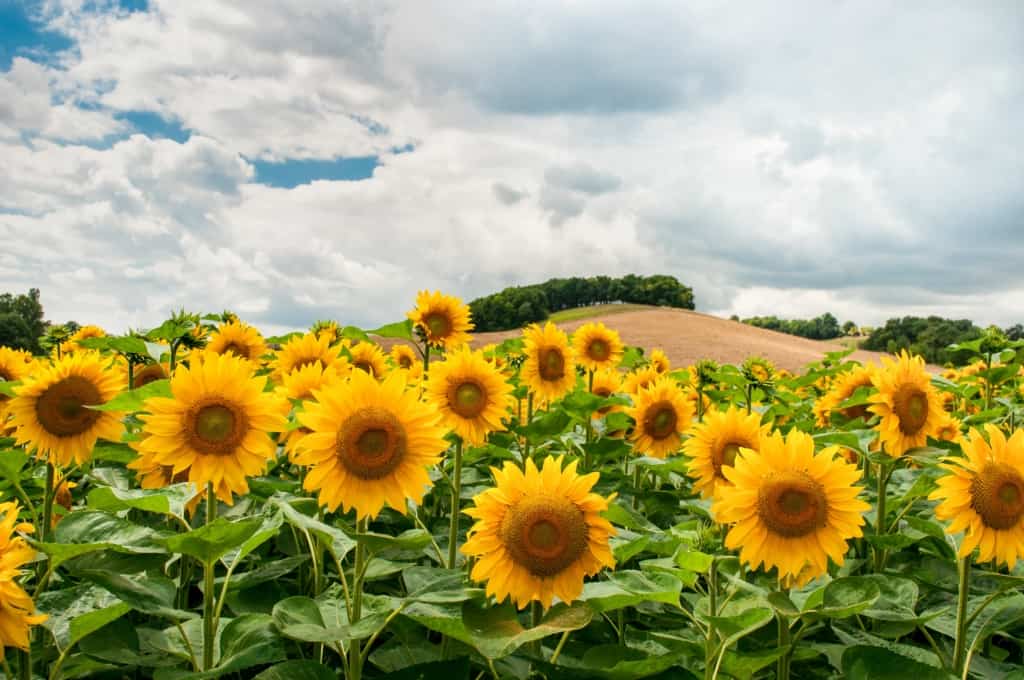
What you actually taste
Sunflower honey is predominantly a blend of two simple sugars, fructose and glucose. That gives it clean, direct sweetness. The “shape” of the taste is where the intrigue lies.
- A light acidity (mostly gluconic acid) adds lift and stops the sweetness from dragging.
- Flavonoids and phenolic acids bring a mild, tea-like bitterness and extra depth.
- A set of volatiles gives warm, fruity-herbal aromas with a faintly resinous freshness.
The finish is tidy. You get floral-fresh and fruity notes up front, then a soft, vegetal warmth and a lingering buttery hint.
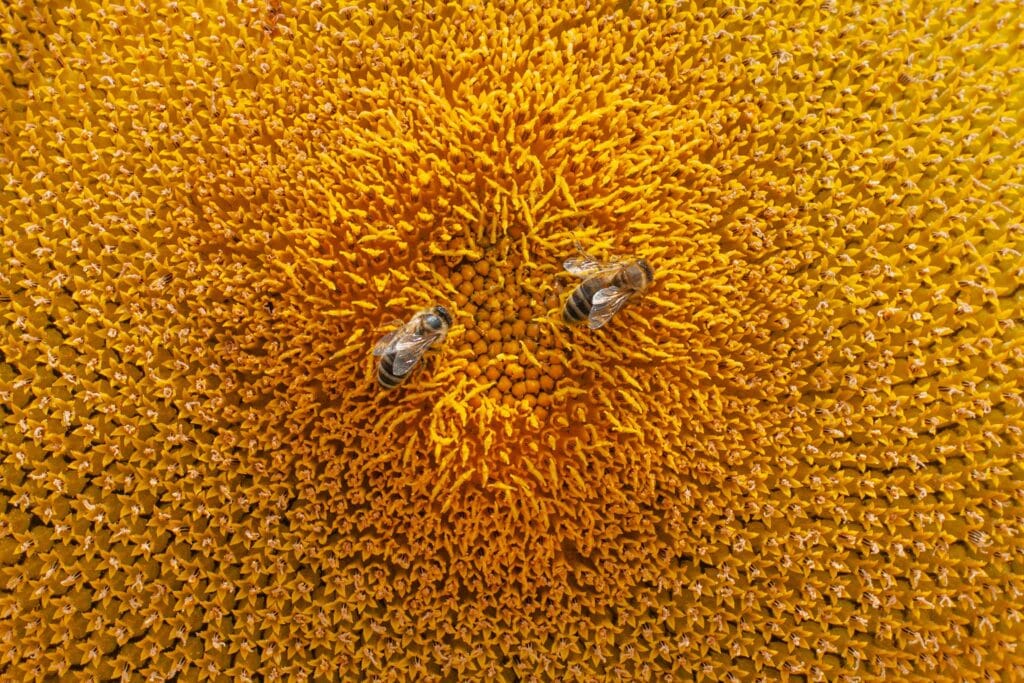
Why sunflower honey tastes this way
The story begins in the floret. Sunflower nectar is hexose-rich: bees collect a dilute nectar that already leans heavily toward glucose and fructose, with very little sucrose. Inside the hive, bees add enzymes. Invertase completes the split of any remaining sucrose into glucose and fructose, and glucose oxidase converts a small fraction of glucose into gluconic acid. That acid is why sunflower honey tastes gently tangy.
Plant chemistry rides along. Sunflowers supply notable phenolic acids (chlorogenic, caffeic, p‑coumaric, protocatechuic) and flavonoids (quercetin, luteolin, kaempferol, galangin). These compounds are present in floral tissues and pollen, so they end up in the honey at trace levels that are still perceptible. They lend colour and a subtle astringent bitterness, and they contribute to the robust, amber look that many jars show.
Aroma is led by volatiles from the flower head. Studies consistently pick out branched chain alcohols like 3‑methyl‑3‑buten‑1‑ol, smaller alcohols and α‑pinene. Together, they create a profile that tasters describe as floral-fresh, fruity and slightly herbal or grassy. That familiar buttery undertone many people notice is probably a blend of those C4 alcohols with small amounts of Maillard-related congeners formed during ripening or storage.
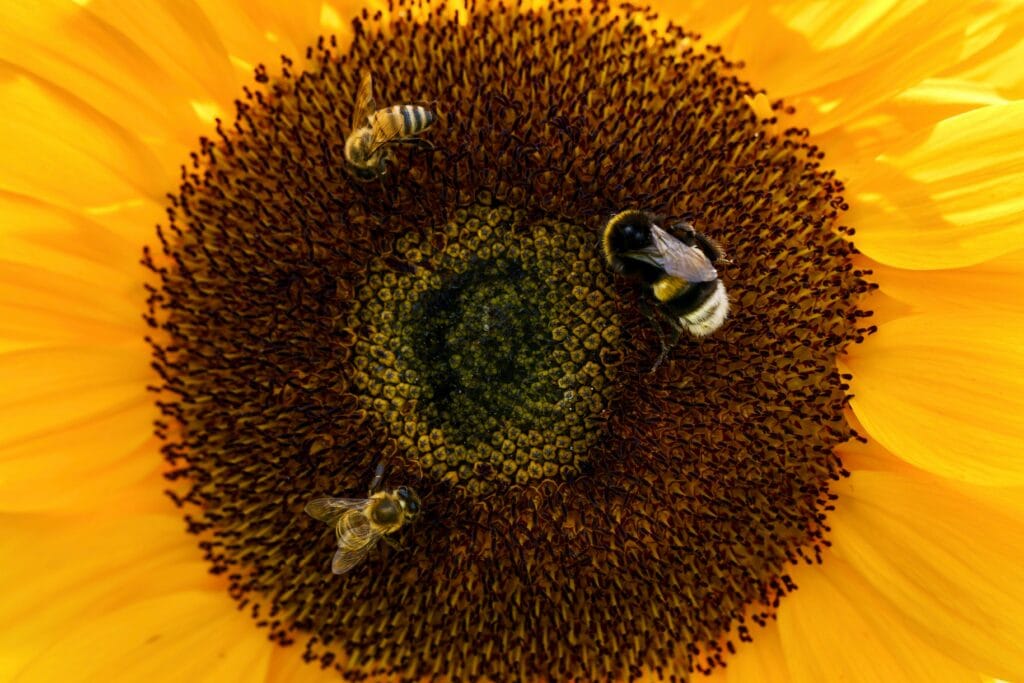
Weather, soil and time of day
Taste begins with the nectar, and nectar responds to the field environment.
- Temperature: sugar output per floret tends to rise toward an optimum around 30 to 32 °C. Above that, secretion slows and can drop sharply during heat spikes.
- Humidity: lower humidity favours evaporation from the corolla tube, which concentrates nectar sugars before the bee even arrives. High humidity leaves nectar dilute.
- Water stress: drought reduces both nectar volume and sugar mass per flower.
- Soil fertility: compost-rich soils can push plants to secrete more watery nectar. Standard NPK treatments often yield slightly more concentrated sugars.
- Time of day: nectar accumulates through daylight hours, so bees foraging in the afternoon often collect slightly richer nectar than early in the morning.
These swings in nectar chemistry ripple into the jar. A hot, dry week during peak bloom can translate into honey with firmer crystallisation and a shaper, more focused sweetness. Cool, humid spells tend to soften the flavours and raise the perception of floral freshness.
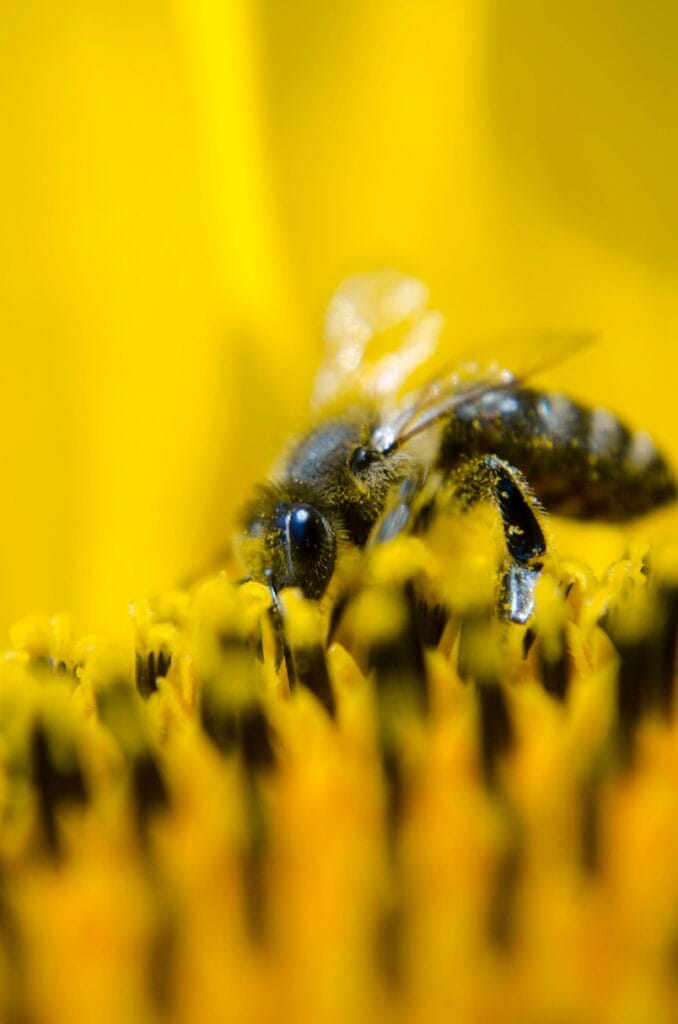
From hive to jar: processing and its flavour footprint
How a beekeeper handles sunflower honey affects its aroma almost as much as the field does.
- Uncapping and centrifugation keep flavour intact. This is standard extraction and does little to alter volatile compounds.
- Filtration polishes appearance by removing wax and pollen specks. The effect on flavour is small, though heavy filtration can reduce some floral notes.
- Heat is the big lever. Gentle warming around 40 to 50 °C makes extraction easier and helps reliquefy crystals, yet it can dull delicate top notes and raise hydroxymethylfurfural (HMF), a sweet-caramel compound that nudges flavour toward cooked sugar. Prolonged heating also reduces enzyme activity.
Storage matters too. Warm cupboards and bright windows accelerate darkening and mute aroma. Cooler, darker storage keeps the honey closer to its fresh self. A jar at 10 to 18 °C in a cupboard away from the cooker is a good rule of thumb.
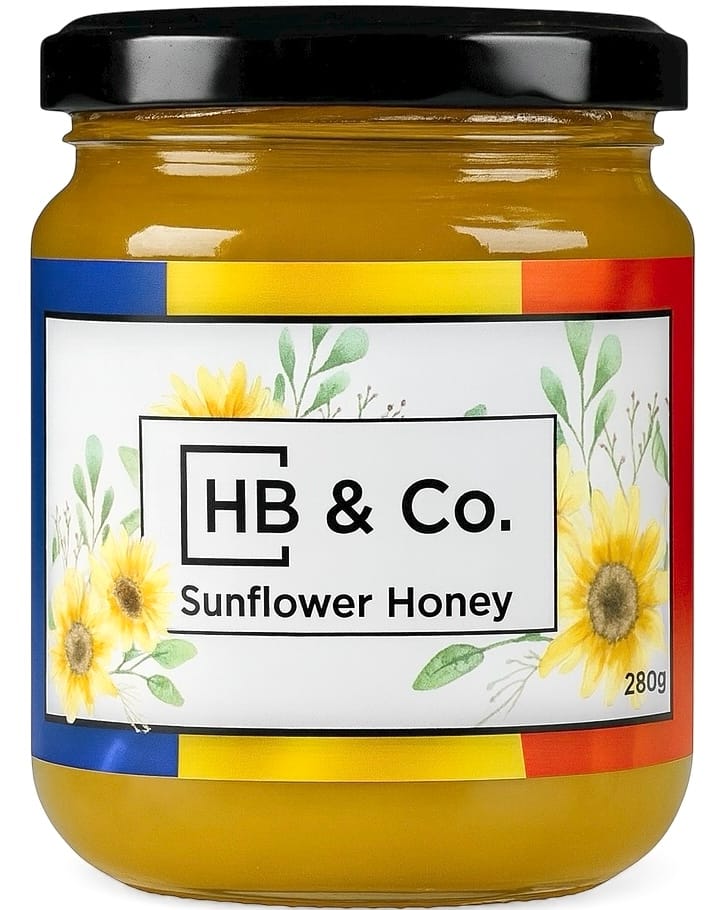
Texture and crystallisation behaviour
Sunflower honey is famous for setting quickly. That is simple chemistry. It carries a little more glucose than fructose on average, and glucose is less soluble in water than fructose. As water activity drops during ripening, the glucose finds partners and builds crystals.
You can expect:
- Small, fine crystals that feel creamy on the tongue.
- Rapid setting within weeks, sometimes days, at room temperature.
- A pale, opaque look after crystallisation that can lighten the apparent colour.
If you want it liquid for a drizzle, warm it slowly. Stand the jar in a bowl of hot tap water and refresh the water until the crystals melt. Avoid microwaving, which creates hot spots and can scorch volatiles. If you love the spreadable feel, buy it as a creamed honey prepared with tiny seed crystals to keep the texture smooth.
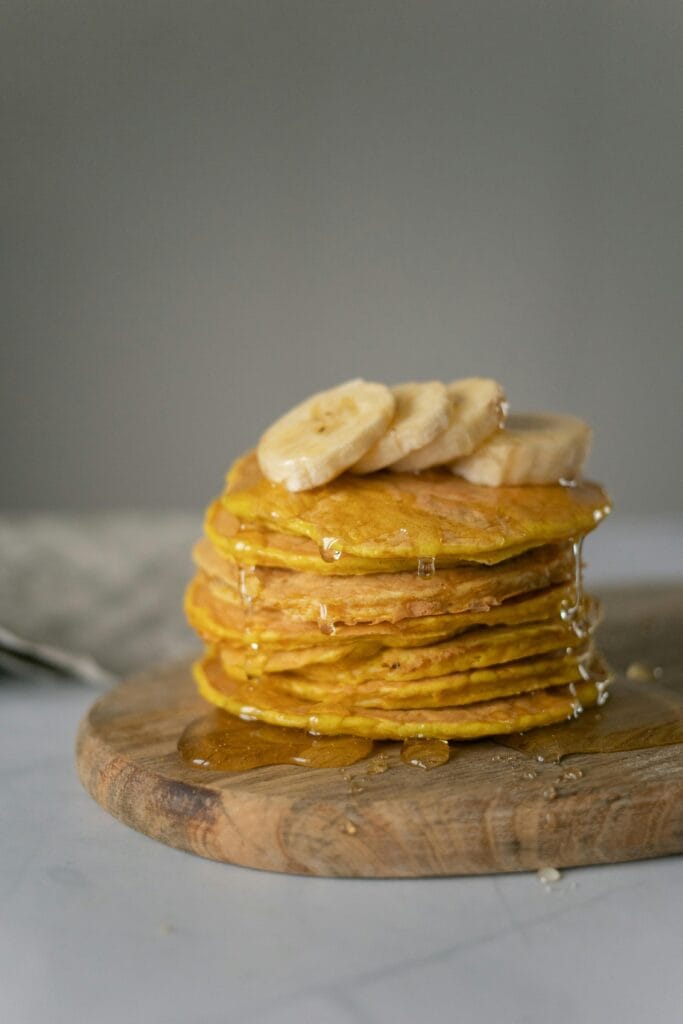
Aroma compounds that lead the profile
Tasting notes often mention green fruit, warm hay, walnut skin and even a hint of resin. Those impressions map to a small set of molecules:
- Branched chain alcohols (3‑methyl‑3‑buten‑1‑ol, 3‑methyl‑2‑butanol) bring fruity-herb freshness and a slightly spicy edge.
- Monoterpenes (α‑pinene, sometimes limonene and eucalyptol) add conifer-bright lift and a clean top note.
- Benzene derivatives in tiny amounts (benzaldehyde, phenylacetaldehyde) can add almond and honeysuckle hints, though they tend to be stronger in clover honey.
- Phenolic acids and flavonoids contribute bitterness, colour and a faint tea-like grip.
A small rise in HMF during warming or long storage sprinkles in caramel aromas, which some people read as buttery or toffee-like. That can be pleasant, but it also masks the floral core if pushed too far.
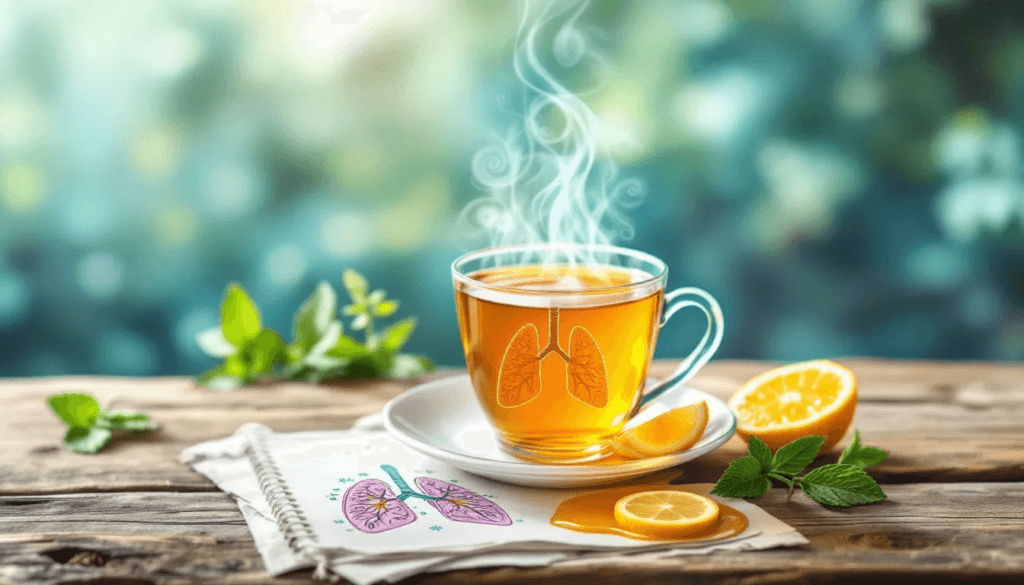
How sunflower compares with acacia and clover
It helps to anchor sensory impressions against two other much-loved honeys in the UK: acacia and clover. Acacia (from Robinia pseudoacacia) is the classic clear, light honey that refuses to crystallise. Clover sits between acacia and sunflower on most measures.
Here is a practical side-by-side.
| Attribute | Sunflower | Acacia | Clover |
|---|---|---|---|
| Typical colour | Medium amber when liquid, pale and opaque once set | Very pale straw, bright and clear | Light amber, golden |
| Dominant sugars | Glucose and fructose in near balance | Fructose clearly higher than glucose | Fructose slightly higher than glucose |
| F to G ratio | Around 0.9 to 1.0 | Around 1.4 to 1.5 | Around 1.2 to 1.3 |
| Crystallisation | Fast, fine-grained, creamy | Very slow, stays liquid for months or years | Slower than sunflower, often partial set |
| Aroma highlights | Floral-fresh, fruity, warm, gentle herbal or grassy notes | Delicate floral, beeswax-like, faint vanilla | Soft floral with almond and honeysuckle hints |
| Taste shape | Bright sweet start, light tang, mild bitterness on the finish | Very mild sweetness, silky and low acid | Clean sweetness, smooth and rounded |
| Mouthfeel | Creamy once set, satisfying body | Fluid and light | Often semi-fluid, mildly creamy |
In short, sunflower is the punchier, more rustic cousin. Acacia gives clarity and lift. Clover settles into an easy middle ground with friendly floral notes.
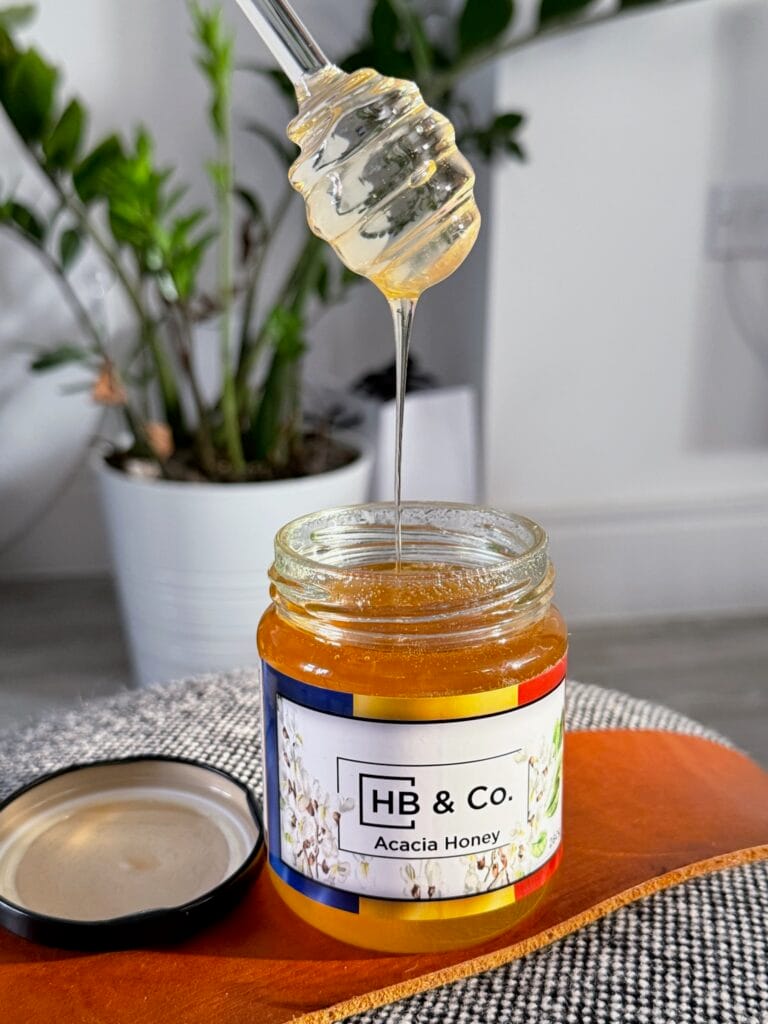
Buying and storing for best flavour
A few quick checks can boost your chances of getting a jar that tastes as it should.
- Look for the floral source on the label and a recent harvest date. Sunflower sets quickly, so a new-season jar that is already creamy is a good sign.
- Expect rapid crystallisation. If a “sunflower” honey is completely clear after a long time at room temperature, it might be a blend or heavily warmed.
- Use your nose. You should find floral freshness with a faint vegetal-green edge rather than heavy caramel.
- Choose glass jars and opaque or dark labels where possible. Light degrades aroma over time.
- Store cool and dark with the lid tight. Keep away from steam and strong-smelling foods.
If the jar sets too hard for your recipe, loosen it gently in warm water. Patience pays here.
Pairing ideas that make the flavour shine
The balanced sweetness and light acidity make sunflower honey a star in both savoury and sweet dishes.
Cheese and bread
- Fresh goat’s cheese with a spoonful across the top
- Aged cheddar on oatcakes with a thin glaze
- Warm sourdough toast with sunflower honey and salted butter
Vegetables and salads
- Roasted carrots or parsnips finished with a honey and lemon splash
- A vinaigrette with sunflower honey, cider vinegar, olive oil and thyme
- Grilled courgettes with a honey, garlic and chilli flake dressing
Breakfast and baking
- Thick yoghurt with toasted seeds and a swirl of sunflower honey
- Buckwheat pancakes with pear slices and a light drizzle
- Oat biscuits incorporating a spoon of honey for colour and chew
Meats and fish
- Chicken thighs glazed with honey, mustard and rosemary
- Salmon brushed with honey and soy near the end of cooking
- Pork chops with a pan sauce of apple, stock and a teaspoon of honey
Spices and seeds love it too. Try tahini, sesame or toasted cumin with sunflower honey for Middle Eastern-leaning sauces that sing.
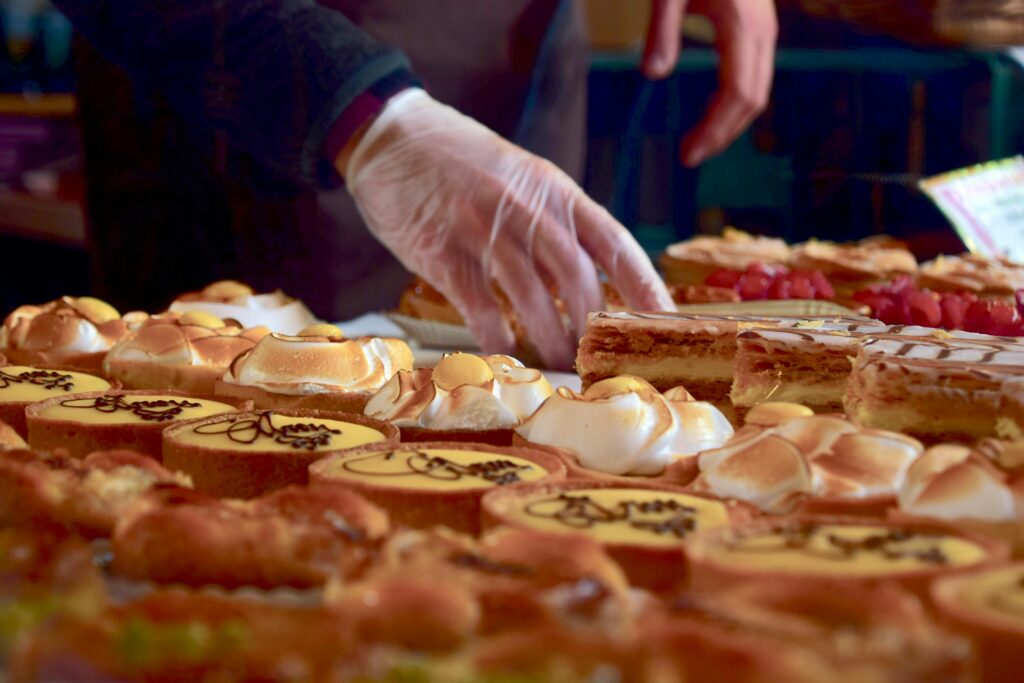
Spotting authenticity without a lab
Sunflower honey has a clear identity. You can use a few sensory cues at home.
- Colour and set: medium amber when fresh and liquid, moving to a pale, evenly creamy set within weeks.
- Aroma: fresh floral with a green-herbal lift and a mild warm note. Not overwhelmingly perfumed. Not heavily caramel unless the jar has been warmed a lot or stored for ages.
- Taste: bright and sweet with a small tang. Slight bitterness that keeps the finish clean.
If you want extra confidence, ask your supplier about pollen analysis or local origin. Many small producers are proud to share that detail.
A simple tasting routine
Set aside ten minutes and taste it properly. The differences reveal themselves.
- Look. Hold the jar to the light. Note clarity or creaminess, and the colour.
- Smell. Swirl the jar lightly, then sniff. Think in three lines: floral, fruit, herb or resin.
- Taste. Let a half teaspoon sit on the tongue. Breathe out through your nose. Notice the first wave of sweetness, the lift from the gentle acid, then the finish.
- Compare. Put acacia or clover next to it and repeat. The contrast will sharpen your sense for the sunflower profile.
- Revisit after a few weeks. Once it sets, repeat the steps and notice how the mouthfeel changes while the core flavour stays recognisable.
Sunflower honey is generous, distinctive and practical. It spreads beautifully, it holds its own in the kitchen and it brings a sense of place from big golden heads turning in the sun. Keep a jar on the table and let that bright, floral-fresh sweetness do its work.
Frequently Asked Questions (FAQ)
1. Why does sunflower honey crystallise so quickly?
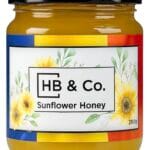
Sunflower honey naturally contains more glucose than fructose, and glucose crystallises faster. This gives sunflower honey its signature smooth, spreadable texture, a sign of purity, not spoilage.
2. Can I make sunflower honey runny again?
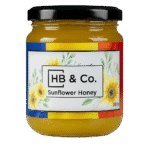
Yes! Simply place the jar in warm (not boiling) water for 10–15 minutes until it softens. Avoid microwaving or direct heat, which can destroy enzymes and delicate flavour compounds.
3. What makes sunflower honey taste slightly tangy or buttery?

The mild tang comes from gluconic acid, a natural product of enzymes added by bees. The buttery note develops from trace volatiles and Maillard compounds that form during ripening, part of what makes sunflower honey so complex.
4. How should sunflower honey be stored for best flavour?

Store it in a cool, dark place (ideally 10–18°C), away from steam and sunlight. Keep the lid tightly sealed. Proper storage preserves its floral aroma, smooth texture, and golden colour for months.

